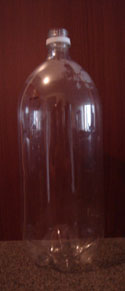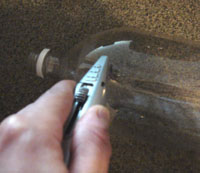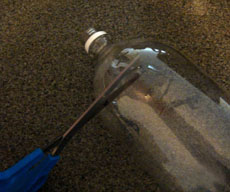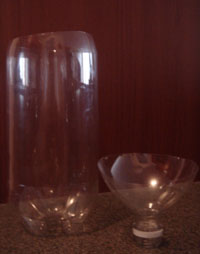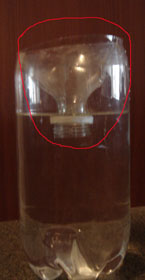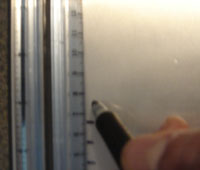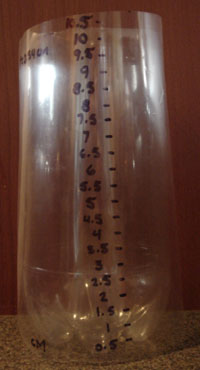Amir Mohsen
متخصص بخش هواشناسی
Mashhad, Iranlatitude: 36-16N, longitude: 059-38E, elevation: 989 m
METAR: OIMM 121130Z 07008KT 9999 FEW030CB FEW035 SCT200 23/12 Q1016 A3000 short-TAF: out of date (646 hours) long-TAF: OIMM 121100Z 1212/1318 12005MPS 7000 FEW035CB SCT040 BKN100 TEMPO 1215/1221 09007MPS 2000 SHRA BR FEW030 TEMPO 1314/1318 06005MPS 4000 SHRA | [h=2]Time: 16:16 (11:46 UTC)
|

